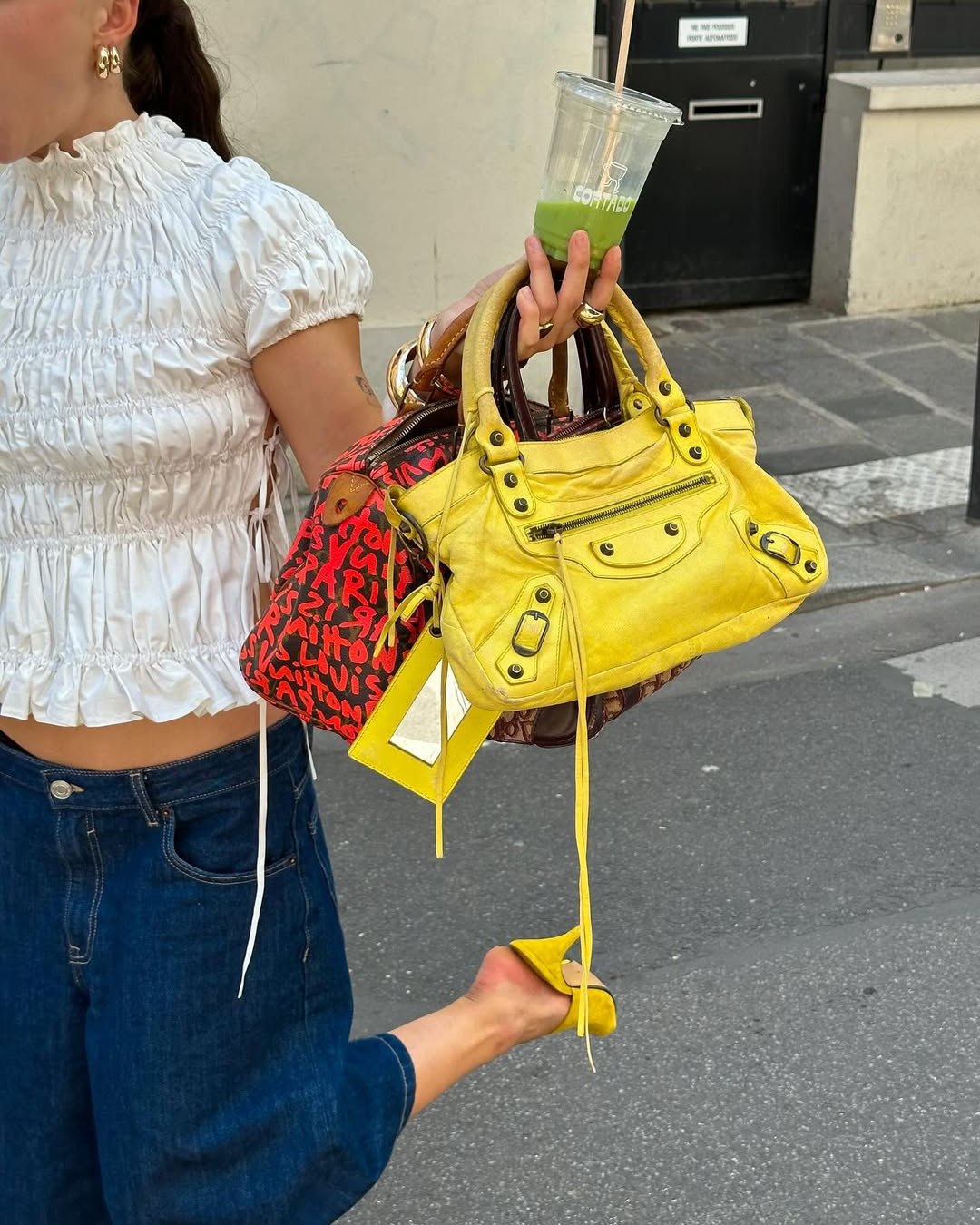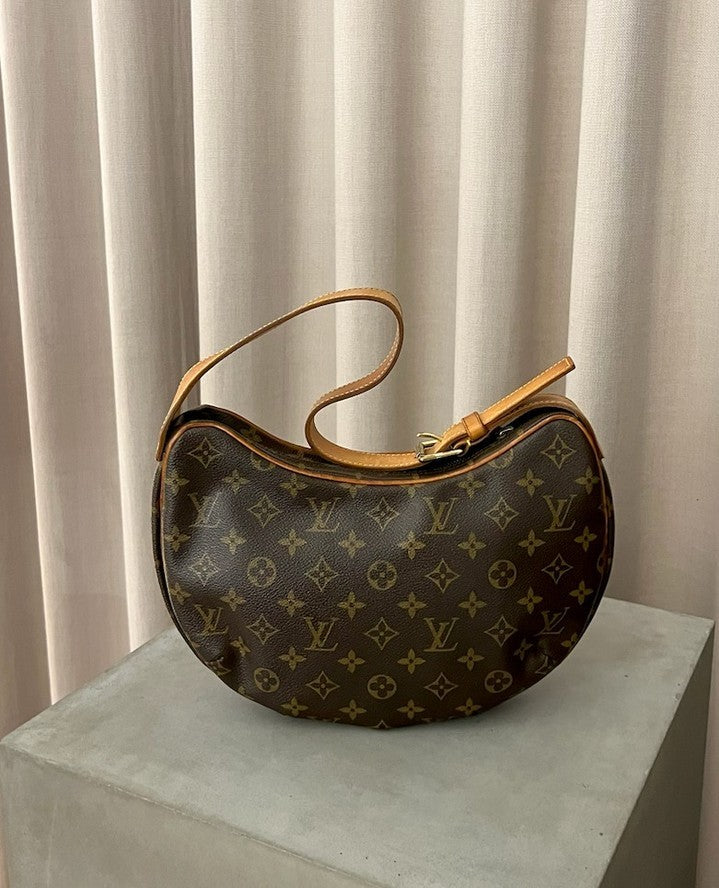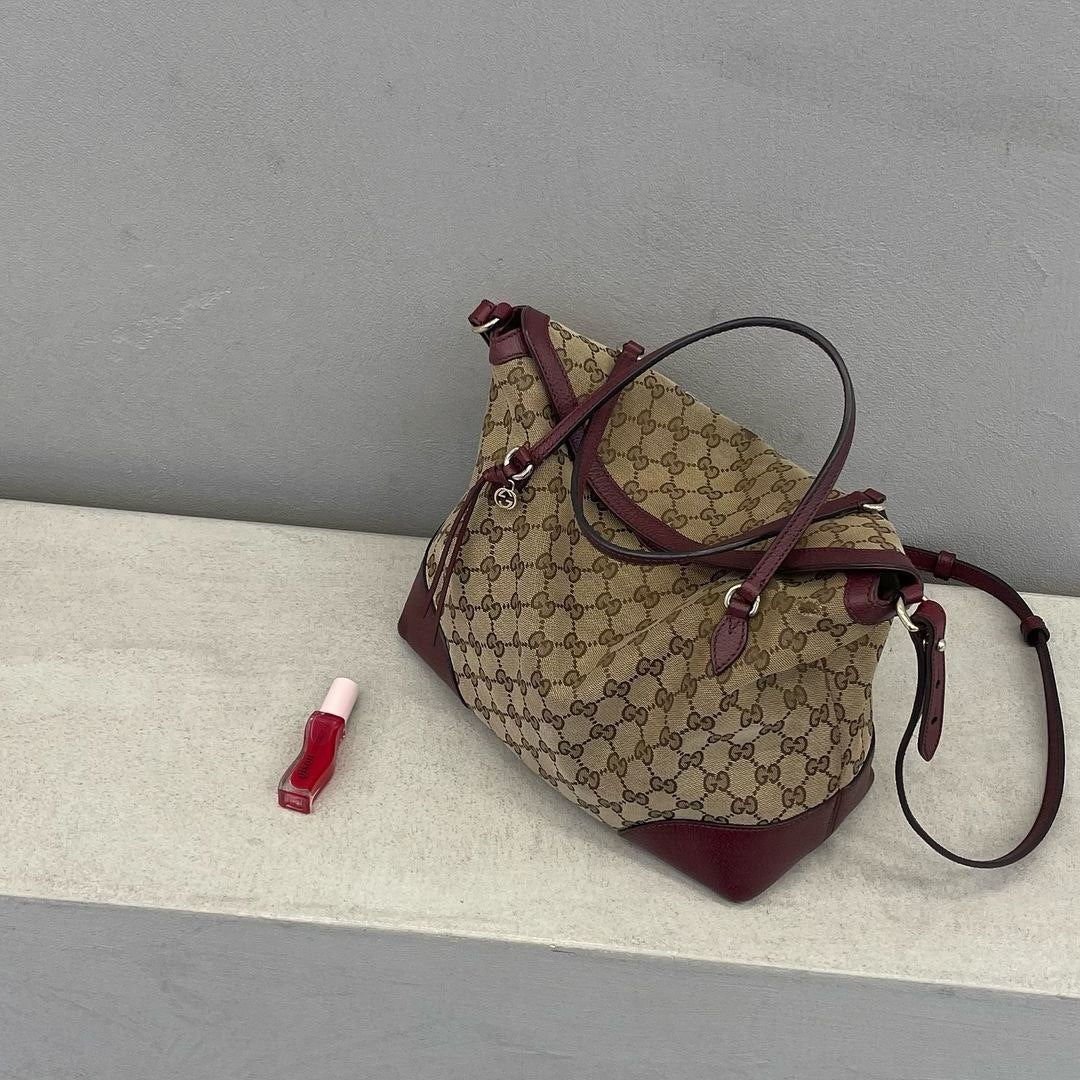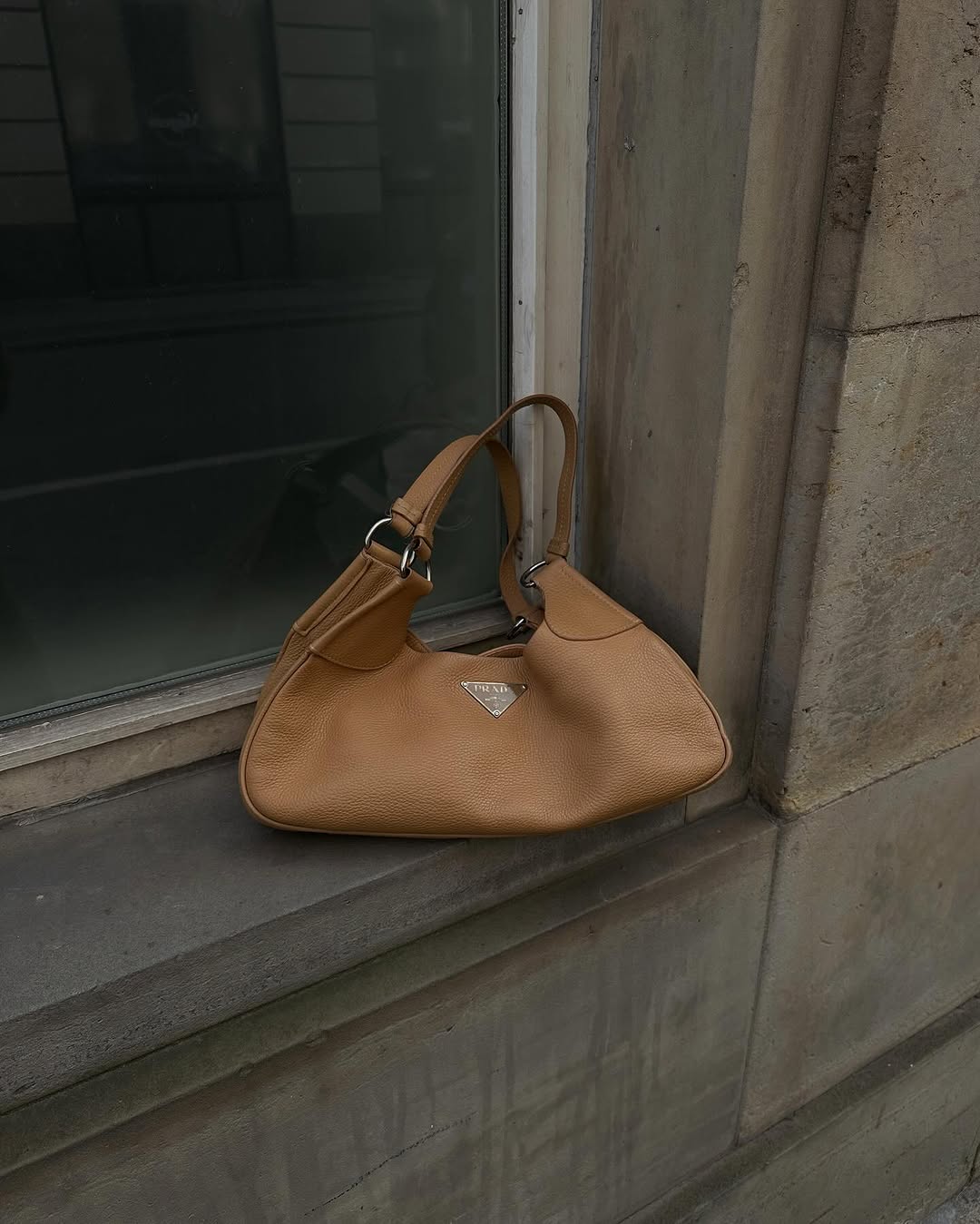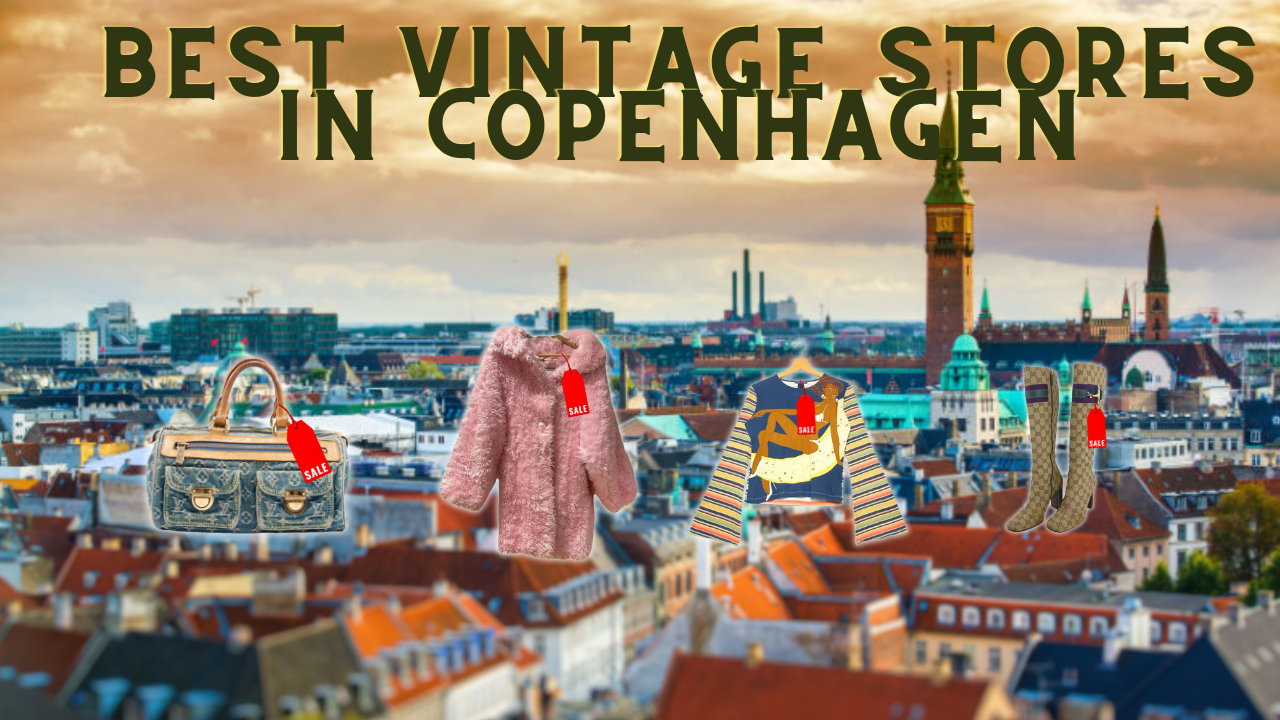When someone thinks of the famous art deco Coco Chanel, fashionable suits and the classic little black dress is inevitably what people associate Chanel with, each piece reflecting a chapter of Coco Chanel's revolutionary imprint on modern fashion.
The life story of Coco Chanel, on the other hand, traverses both triumph and turbulence , incorporating both forward-thinking design and historical controversy.
In this article, we decode Coco Chanel's lasting influence on the evolution of style while confronting some of the flaws that damage their legendary past, all without losing sight of the brand's modern importance and youthfulness.
Key Takeaways from this guide:
Understanding Gabrielle Chanel's life-story and her journey to success.
How Gabrielle Chanel transformed women's fashion, after the first world war.
The right wing Chanel's redefinition of the new dress fashion.
Decoding Chanel's relationship to the enemy.
Where Chanel stands as a brand today

The Evolution of Coco Chanel's Fashion Empire
Gabrielle Coco Chanel rose from millinery to fashion mogul, where it all began in 1910 with the opening of her first store, Chanel Modes, in Paris .
This marked the beginning of her legendary career, as her influence expanded with shops in fashionable seaside resorts like Deauville and Biarritz. Her transition from millinery to fashion designer signaled a new era in the industry.
In 1913, Chanel's Paris shop debuted, showcasing her high fashion endeavors and innovative designs, that was. Expanding to Deauville, Gabrielle Chanel pioneered practical sportswear, revolutionizing women's present fashion with her use of unconventional materials like jersey.
By 1919, her Paris couture house became the epicenter of her fashion empire , embodying the industry chanel's fashion vision transformed.
Modernist influences' fine sewing, influenced Chanel's designs featured geometrical forms reminiscent of Cubist art.
Her adept use of materials evolved, culminating in delicate creations in the 1930s. Preserved garments from the early 1900s, such as silk jersey blouses and hats, serve as enduring reminders of Chanel's fashion legacy, reflecting the shifting social norms of their time and making them the earliest surviving Chanel garments.

Reinventing Women's Attire: The Coco Chanel Suit and Beyond
Chanel played an important part in reinventing women's attire. Her designs, particularly the iconic Chanel suit, liberated women from restrictive clothing. The suit, inspired by menswear and the functional fashion of the Duke of Westminster, released women from corsets and long skirts.
The modernist fashion vision of Coco Chanel, differentiated by a controlled chromatic palette , formed the foundation of her brand philosophy, underscoring simplicity and modernity, which can be described as Chanel's modern luxury - a perfect fit for the modern woman.
Tom Ross Chanel, a devoted follower of this vision, appreciates the brand's dedication to these principles.
In the 1920s, Coco Chanel introduced the first little black dress , filling the color black with a new connotation. Traditionally associated with mourning, black was transformed into a symbol of fashionable versatility.
The dress, crafted from practical wool jersey for day wear and luxurious silk and tulle for evening wear , earned the nickname 'The Ford signed Chanel' by Vogue in 1926.
Over the years, as fashion trends have evolved, so has the dress. Various designers have updated it with innovative styles and details while retaining its emblem of sophistication.
regardless of evolving fashion trends, the iconic little black dress has sustained its position as a timeless fashion staple , constantly adapting to modern styles while retaining its classic allure and adaptability.
From Sportswear to Sophistication
Chanel's innovative use of jersey, typically a fabric used for men's underwear , demonstrated her commitment to comfort and practicality in women's fashion.
Besides this, Gabrielle Chanel drew inspiration from men's sportswear and everyday clothing, leading to the creation of a casual, nautical aesthetic in her designs .
Chanel also popularized pants for women through her love of horse riding. The World War I era brought about significant changes in society, and Chanel's designs reflected this evolution .
Gabrielle Chanel created practical clothing that facilitated freedom of movement, simplifying forms, and shortening skirts.
This revolutionary fashion approach enabled Chanel to meet the demands of the contemporary woman, signifying a paradigm shift in how the French women dressed.

Coco Chanel's Fashion Manifesto
Chanel's fashion manifesto redefined elite luxury with a focus on subtleties over flaunting wealth , embodying Chanel's innovative luxury Chanel.
Gabrielle Chanel valued practicality as much as aesthetic appeal , distinguished by simple materials, vibrant but tonal colours, and rigid lines.
Her playful approach to design, characterized by the mixing of faux and real jewelry and a monochrome palette, provided a modern woman Chanel statement that contrasted with the vibrant and revealing styles of the 1960s, which were influenced by fashion designer Paul Poiret.
These unique 'Coco-isms' fostered a philosophy of liberation and empowerment, leading to a redefinition of luxury taste for the contemporary age.
Chanel's trademark style was characterized by a modernist chromatic palette, emphasizing monochrome colors . This contrasted starkly with the vibrant, oriental designs that were prevalent before the first world war.
Chanel's use of colors became a fundamental aspect of her designs and an emblem of her innovative approach to fashion.
In addition to her signature colors, Chanel used vibrant but tonal colors , lace, and satin for evening attire. Gabrielle Chanel complemented these with masculine elements like military detailing and leather, offering a balanced aesthetic.
This revolutionary color usage was integral to Chanel's overarching aesthetic minimalism, mirroring in her fabric choices and her straightforward design techniques.
The Practical Pocket Book Bag
In 1927, Chanel introduced the pocket-book bag, designed to hold everything a woman required for the day. This creation symbolized her emphasis on functionality in luxury fashion . It showcased Chanel's playful and conceptual approach to design, where practicality was as valuable as aesthetic appeal.
Chanel's designer handbags have consistently adapted, integrating new materials and features to cater to customer needs, all while preserving their practicality and fashion allure.
A prime example of this fusion of practical design with luxury is the Chanel 2.55, introduced in February 1955. The bag featured a quilted leather design and a chain strap, offering both convenience and style.

The Scent of Success: Chanel No. 5
Chanel No. 5, introduced in 1922, was created with a unique blend of synthetic and natural materials , including aldehydes and ylang ylang. The inspiration for this iconic scent came from an Imperial Russian scent.
The minimalist design of the perfume bottle, resembling a medicinal container , deviated from traditional perfume bottle designs, further establishing Chanel's innovative approach to luxury.
Despite its lower price point compared to Chanel's fashion line, Chanel No. 5 achieved broad appeal, increasing the brand's reach and profitability. The fragrance's glamorous image was significantly reinforced by endorsements from celebrities like Marilyn Monroe.
Today, Chanel No. 5 remains a symbol of luxury, upheld through limited production runs and the use of exclusive ingredients. The unwavering quality and branding of Chanel No. 5, complemented by its portrayal in various cultural forms, have established it as a signature product embodying the Chanel brand.
Chanel's Controversial Historical Connections
Despite her remarkable contributions to the fashion world, Chanel's legacy is not without controversy. Her involvement with the Nazis extends to being an informer and sympathizer, as detailed in contemporary intelligence documents and explored in biographies such as 'Sleeping with the Enemy'.
This facet of her life casts a shadow over her legacy and raises questions about the separation between her personal actions and the current values of the Chanel brand.
Chanel's upbringing in a Catholic orphanage and exposure to prevailing anti-Semitic sentiments may have shaped her personal views, leading to relationships with figures such as Baron Hans Günther von Dincklage, a Gestapo spy.
After the war, details of Chanel's interrogation by the French government and her Nazi collaborations were concealed in archives. Although these relationships caused harm during the Nazi era, the Wertheimer family, who were affected by her actions, later became co-owners of the brand.
This chapter of Chanel's history necessitates a reevaluation of historical legacies and their bearing on her brand.

Revival and Relevance: Chanel After Gabrielle Chanel
After Coco Chanel died, the Chanel fashion house continued to grow and evolve, embodying Coco Chanel's fashion legacy. Seven years after her passing, the brand introduced a ready-to-wear line, enabling it to reach a global audience.
Given that the Chanel fashion house is currently valued at $19.4 billion , it is clear that the company has established a significant presence and has achieved sustained success in the luxury fashion industry.
The Patrimoine de Chanel
The City of Paris Fashion Museum, the Palais Galliera, recognized Chanel's significant contributions to fashion with a retrospective Chanel exhibition. The exhibition, titled 'Gabrielle Chanel. Fashion Manifesto,' featured over 350 pieces from Chanel's collections.
With the help of this exhaustive review, a unique perspective on the influential designs of the brand was presented, which made it possible to conduct an in-depth investigation into Chanel's enduring influence on the fashion world.
Tom Ross Chanel's Influence on Modern Designers
By looking at the designers that are currently employed by Chanel, one can observe the enduring influence that Chanel's visual appeal has had.
Having chosen Virginie Viard to replace Karl Lagerfeld as the artistic director of Chanel, this long-lasting impact is further highlighted by the fact that Viard was chosen.
Viard, with her innate understanding of Chanel's aesthetics and her commitment to upholding the brand's legacy, serves as a testament to Coco Chanel's enduring influence on modern fashion design.

Summary
The journey that Coco Chanel began from being a modest millinery to becoming a fashion icon was marked by revolutionary designs that completely changed the way women styled themselves. Chanel's iconic creations, such as the Chanel suit, the pocket book bag, and Chanel No. 5, were the vehicles through which she conveyed her singular combination of opulence, simplicity, and functionality.
Chanel's enduring influence continues to have an impact on the fashion industry, despite the fact that her controversial historical connections could be considered a shadow. A reminder of the indelible impact that her sense of style, innovation, and vision had on the world of fashion is provided by her legacy, which is kept alive by those who succeeded her.


